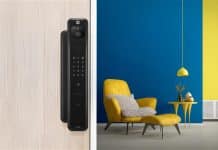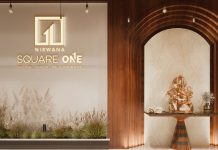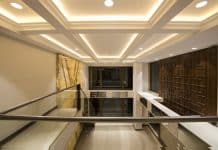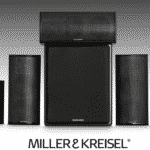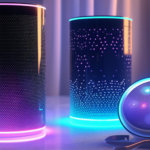
Umesh Sharma, Founder of The Design Studio (TDS), shares his journey of transforming a modest design firm into one of the industry’s most respected practices. With a strong foundation in residential and commercial architecture, TDS is known for its forward-thinking approach, seamless integration of smart technology, and commitment to creating user-centric, sustainable spaces. In this exclusive interaction, he delves into how smart design, automation, and evolving technologies are reshaping the future of architectural and interior design.
Tell us about your design journey and some of your trend-setting projects designed over the years.
We started The Design Studio (TDS) in a tiny office with a big vision—to offer complete design solutions in both architecture and interior design. From the beginning, our focus has been on residential and commercial spaces, and over time, we’ve expanded our scope to include a wide range of projects. Today, our portfolio includes everything from corporate offices and urban planning to group housing, high-rise luxury buildings, and private villas.
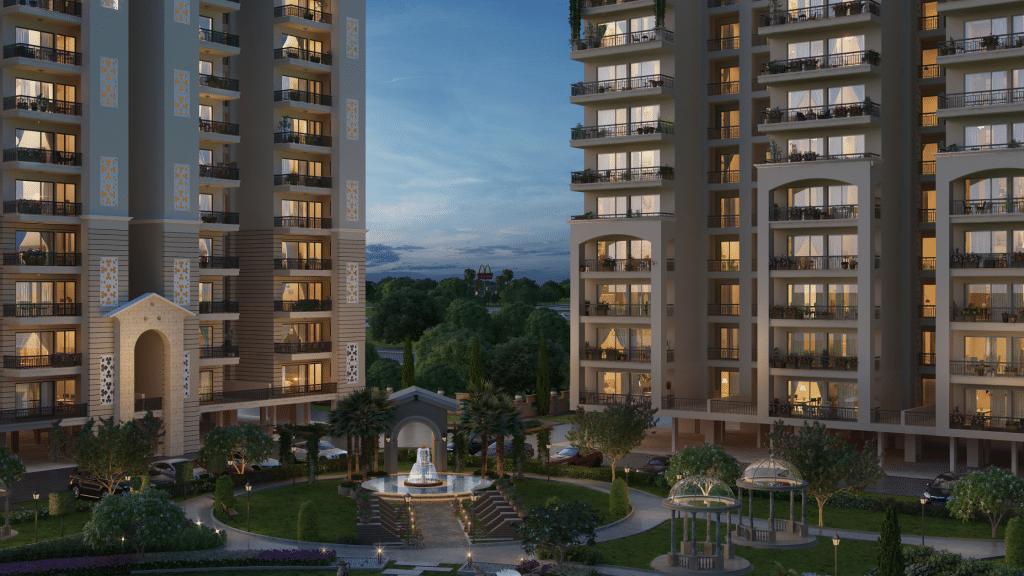
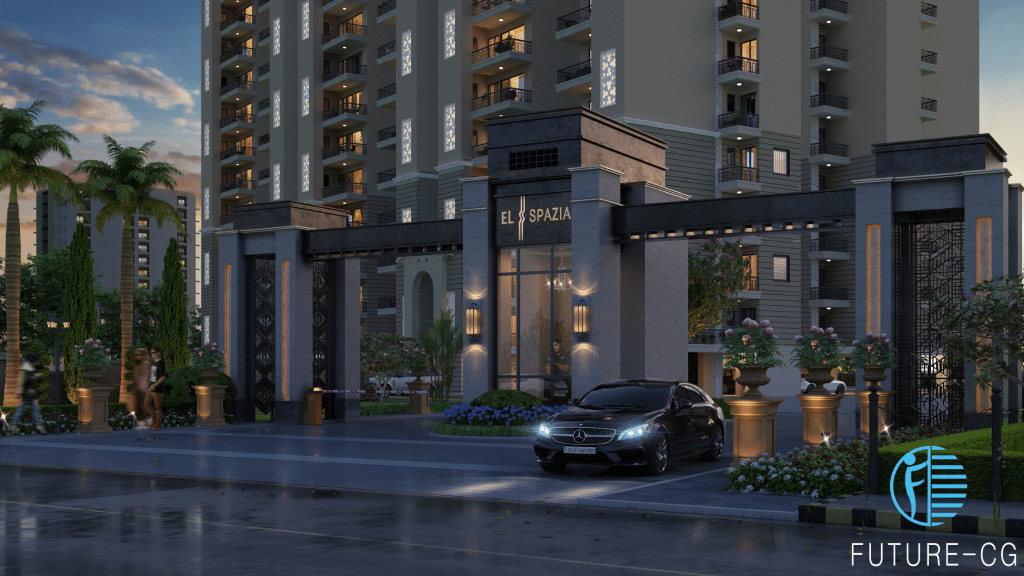
What began as a small design studio has grown into one of the preferred practices in the industry. Our strength lies in effective space planning, clutter-free design, and precision in time management—qualities that have become the hallmark of our work. With structured processes in place for every project, we’ve built a reputation for consistency, reliability, and quality that we’re incredibly proud of.
We’re always exploring the latest design trends and technologies to keep our work fresh and forward-thinking. From smart home integrations like intelligent locking systems to modular and personalized designs, Net Zero solutions, sustainable reuse, and biophilic elements, we aim to create spaces that are innovative, functional, and deeply connected to the people who use them.
How has Smart Technology influenced your approach to designing architectural/interior projects?
The ability to create more responsive, effective, and user-centric places has allowed smart technology to drastically change interior design and architecture. Technology is now smoothly incorporated into buildings, improving comfort and energy efficiency with features like smart appliances, integrated security, and controlled lighting and climate management. In order to integrate electronic infrastructure, architects and designers are rethinking layouts while giving sustainability and connectivity priority. Smarter homes and workplaces that adjust to users’ requirements have resulted from this change, enhancing people’s quality of life and fostering more user-friendly, interactive areas. Furthermore, amidst COVID, the entire scenario of using smart technology has evolved. However, it was there on the plate that people were more engaged towards smart technology and our approach towards safely living is very essential. So, the demand for smart technology is emerging day by day.
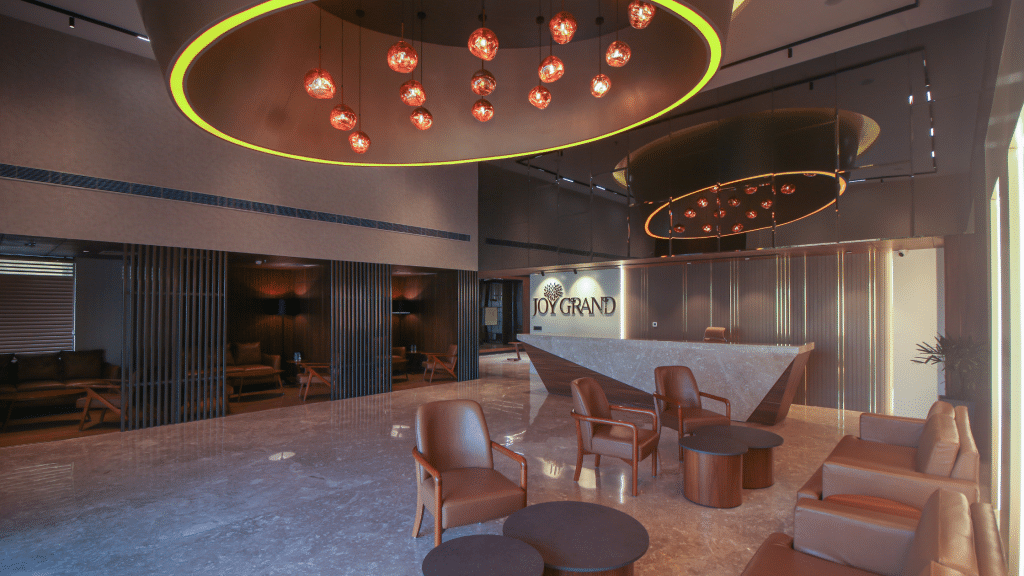
What are your views on the role of Building Automation System (BAS) in your projects? How do they enhance the functionality and efficiency of your designs?
In my opinion, Building Automation System (BAS) is essential for improving the efficiency, sustainability, and functionality of contemporary buildings. BAS makes it possible to centrally regulate systems like energy management, lighting, security, and HVAC, which contributes to the creation of smarter, more flexible spaces in our projects. BAS is viewed by TDS as a tool to enhance occupant comfort, promote sustainable design objectives, and maximize building performance over time. A more comprehensive and future-ready architectural solution is produced by including BAS early in the design process, which also guarantees a smooth integration of technology and aesthetics.
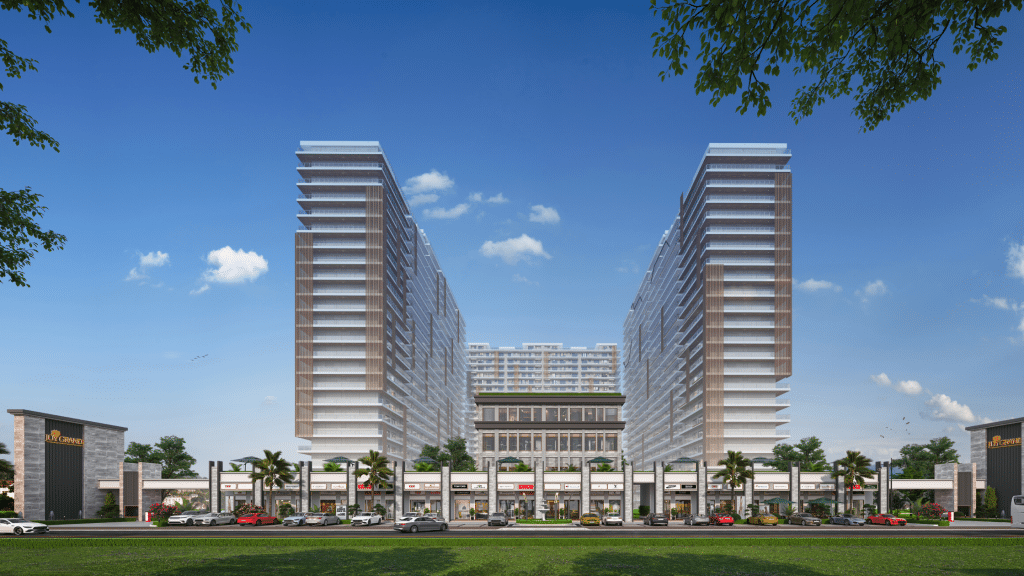
Building Automation Systems (BAS) enable intelligent and adaptive building operations, improving the functionality and efficiency of architecture in our designs. They automate and optimize key systems, including ventilation, HVAC, lighting, and security, so that they cooperate according to occupancy, the time of day, or environmental factors. This increases indoor comfort, saves operating expenses, and wastes less energy. BAS gives architects the ability to create more adaptable and efficient environments with technology that enhances long-term sustainability and user enjoyment. Additionally, because systems may be subtly integrated without sacrificing aesthetics, it enables more intelligent space planning.
What are the advantages of Home Automation, Smart Technology, Smart Lighting, and Smart Security (Cameras and Digital Locks) provide to your projects?
By improving functionality, user experience, and energy efficiency, automation, smart technology, smart lighting, and smart security systems provide a variety of benefits for architectural and interior design projects. With the help of these technologies, places can adapt naturally to the demands of their users, automatically modifying the temperature, lighting, and access management for ease and comfort. Customizable for mood, task, or daylight integration, smart lighting enhances sustainability and beauty. While preserving crisp, contemporary design lines, digital locks and security cameras improve safety. These systems give designers and architects additional creative options, allowing for streamlined, technologically advanced spaces that are both highly functional and future-ready.
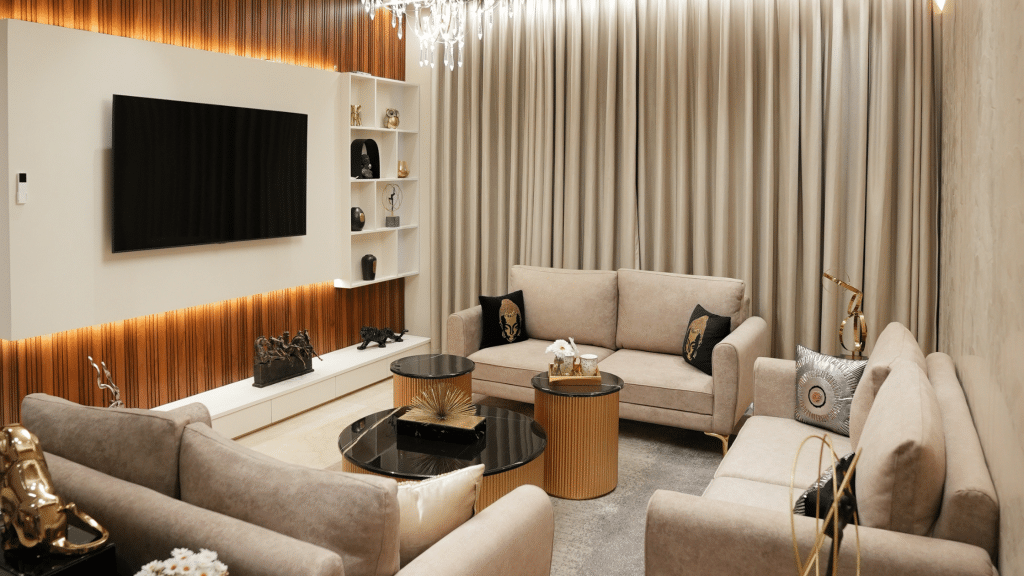
What are the brands you prefer when it comes to Building Automation, automation, Smart Lighting and Smart Security?
In India, several reputable brands offer advanced solutions in building automation, smart lighting, and smart security, catering to the evolving needs of architectural and interior design projects:
For Building Automation- BuildTrack, SASCO Smart Home, Schneider Electric (Wiser), etc. In Smart Lighting- Philips Hue, Wipro Smart, Syska Smart Home, etc. In Smart Security (Cameras and Digital Locks) – Qubo, Ozone Secutech, and Yale, to name a few.
How do you foresee advancements in technology shaping the future of architectural design and the use of automation systems?
According to TDS, Rapid technological improvements will likely be a major factor in how architectural design and automation system integration develop in the future. We are adopting a more comprehensive, tech-integrated approach – where design, function, and digital intelligence coexist seamlessly – as smart homes and buildings become more commonplace. It is anticipated that automation systems will advance beyond convenience to become predictive and adaptive, improving sustainability, energy efficiency, and occupant well-being. Designers foresee areas that naturally adapt to lifestyle trends, environmental factors, and human behavior. This change in technology promotes creativity in human interaction, materials, and spatial layout, which eventually results in settings that are more durable, customized, and prepared for the future.
Can you share a case study where you have opted for Automation, Smart Technology, and Smart Lighting?
For this project, Joy Grand, we have combined luxury with cutting-edge technology. Located in Mohali, this prestigious project is thoughtfully designed to cater to modern lifestyles, showcasing interiors that reflect opulence, elegance, and innovation.
Every residence at Joy Grand is equipped with state-of-the-art smart home automation systems, offering complete control over lighting, air-conditioning, fans, and curtains through voice commands or mobile apps. Residents can enjoy pre-set mood lighting scenes tailored for relaxation, work, or entertainment, thanks to dimmable LED fixtures and RGB strips. Climate control is made efficient with smart thermostats and automated HVAC systems, while safety is elevated through advanced security features such as facial recognition door locks, motion sensors, and 24/7 CCTV surveillance.
The interiors are a true embodiment of luxury. Select units feature double-height ceilings, Italian marble flooring, automated sheer and blackout curtains, and designer feature walls with integrated smart TVs and hidden speakers. Kitchens come equipped with modular layouts and built-in smart appliances like voice-activated chimneys, touch-free faucets, IoT-enabled ovens, and smart refrigerators. Bedrooms include warm wooden flooring, smart bedside panels for lighting and AC control, and integrated charging docks. Bathrooms offer a spa-like experience with sensor-based lighting, heated floors, digital showers with temperature presets, and LED touch panel mirrors.
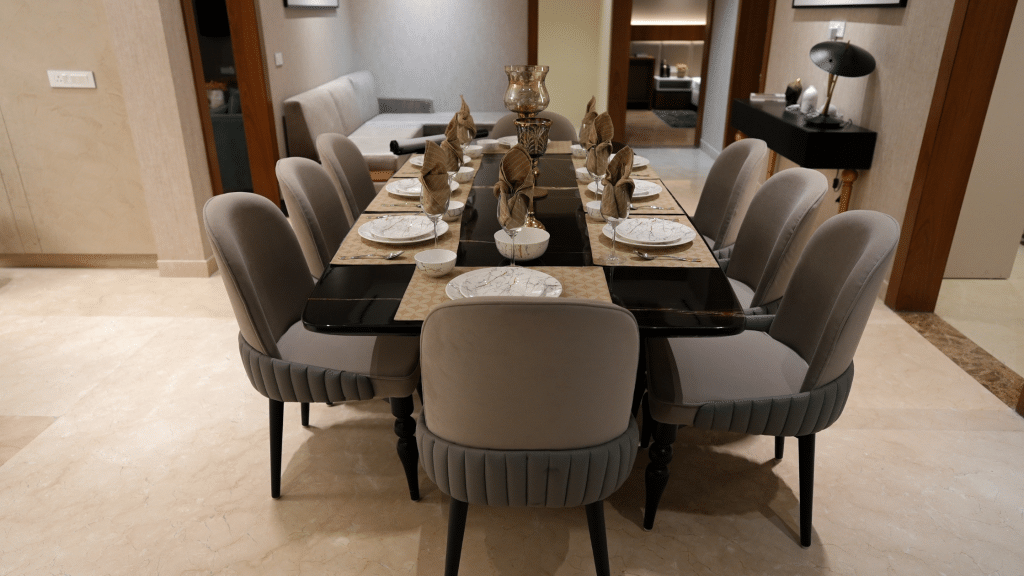
Joy Grand also boasts distinctive architectural elements, including Slanting Eclipse Ceilings in the lobbies and common areas, enhanced by dynamic lighting that changes throughout the day. Interactive smart mirrors display real-time weather, time, and news updates, while each unit features a smart entertainment system that connects to your favorite content via voice or touch commands.
The amenities extend this intelligent living experience with AI-enabled concierge services, smart access controls for the clubhouse, gym, and co-working zones, and automated mood lighting in lounges—all thoughtfully designed to offer a seamless blend of comfort, convenience, and sophistication.




